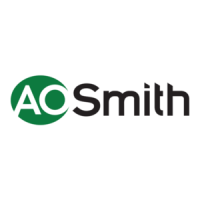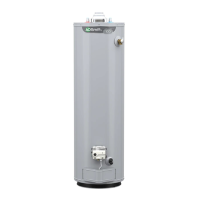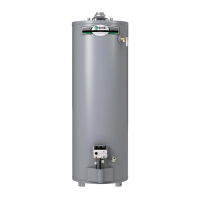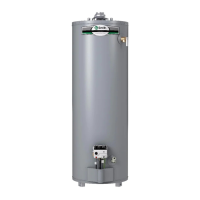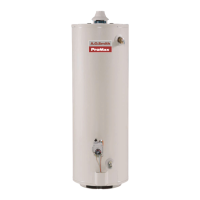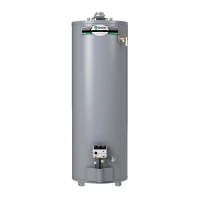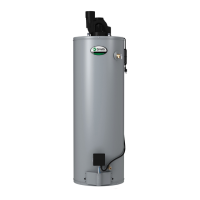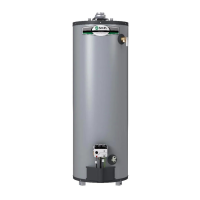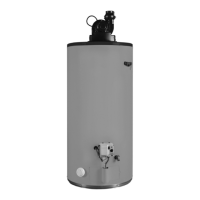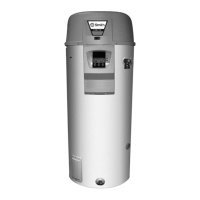1
Instruction Manual
PRINTED IN THE U.S.A 0905 PART NO. 184165-003
KEEP THIS MANUAL IN THE POCKET ON HEATER FOR FUTURE REFERENCE
WHENEVER MAINTENANCE ADJUSTMENT OR SERVICE IS REQUIRED.
NOT FOR USE IN MANUFACTURED (MOBILE) HOMES
ALL TECHNICAL AND WARRANTY QUESTIONS: SHOULD BE DIRECTED TO THE LOCAL DEALER FROM WHOM THE WATER HEATER WAS
PURCHASED. IF YOU ARE UNSUCCESSFUL, PLEASE WRITE TO THE COMPANY LISTED ON THE RATING PLATE ON THE WATER HEATER.
RESIDENTIAL GAS WRESIDENTIAL GAS W
RESIDENTIAL GAS WRESIDENTIAL GAS W
RESIDENTIAL GAS W
AA
AA
A
TER HEATER HEA
TER HEATER HEA
TER HEA
TERSTERS
TERSTERS
TERS
• For Your Safety •
AN ODORANT IS ADDED TO THE GAS USED
BY THIS WATER HEATER.
C3 Technology
®
Gas Water Heaters meet the new
ANSI Z21.10.1 standard that deals with the accidental or
unintended ignition of flammable vapors, such as those
emitted by gasoline.
GAMA certification applies to
all residential gas water
heaters with capacities of 20
to 100 gallons with input rating
of 75,000 BTU/Hr. or less.
®
